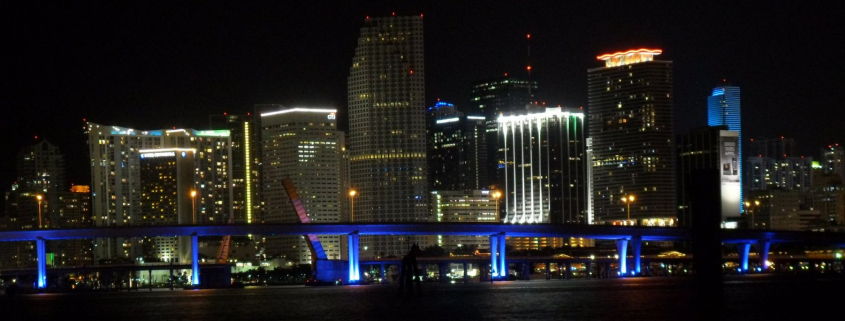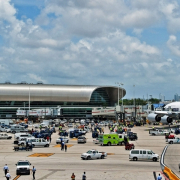Miami has long been marked as the Gateway to Latin America. But with a revitalized urban core and a hot retail market, Miami is increasingly being seen worldwide as a global city.
Miami hit a tipping point, per se, a couple of years ago and the growth has yet to slow. With nearly 6 million residents and an economic output of more than $300 billion, Greater Miami is one of the largest economic regions in the US and the world. In fact, Miami is comparable to Singapore and Hong Kong, according to a study from the FIU-Miami Creative City Initiative.
“We already look at Miami as a major global gateway city,” Peter Muoio, chief economist at Ten-X, tells Globest.com. “It is a nexus for tourism and investment for Latin America owing to its large Hispanic population with cultural and language ties to the region. It also has major attachments to Europe, assisted by its attractive climate and beaches.”
As the study points out, Miami is the hub of the Southern Florida or So-Flo mega-region, extending to Tampa and Orlando, which houses 15 million people and produces more than $750 billion in economic output. That’s roughly the same as the Netherlands, making it one of the 20 largest national economies in the world.
With a coastal location at the southern tip of the eastern seaboard oriented toward Latin America and the Caribbean, Miami is now one of the 25 most important global cities, the report concludes. With its international airport and port, report authors say Miami is the economic and financial hub of Latin America and increasingly a gateway to Europe and the world.
“Southeast Florida’s three major airports have global connectivity, assisting in its gateway status,” Muoio says. “Interestingly, Miami can benefit from economic success in Latin America as wealth creation increases tourism and investment flows, as well as from turmoil in the region, as it offers a safe harbor.”
Source: GlobeSt.





